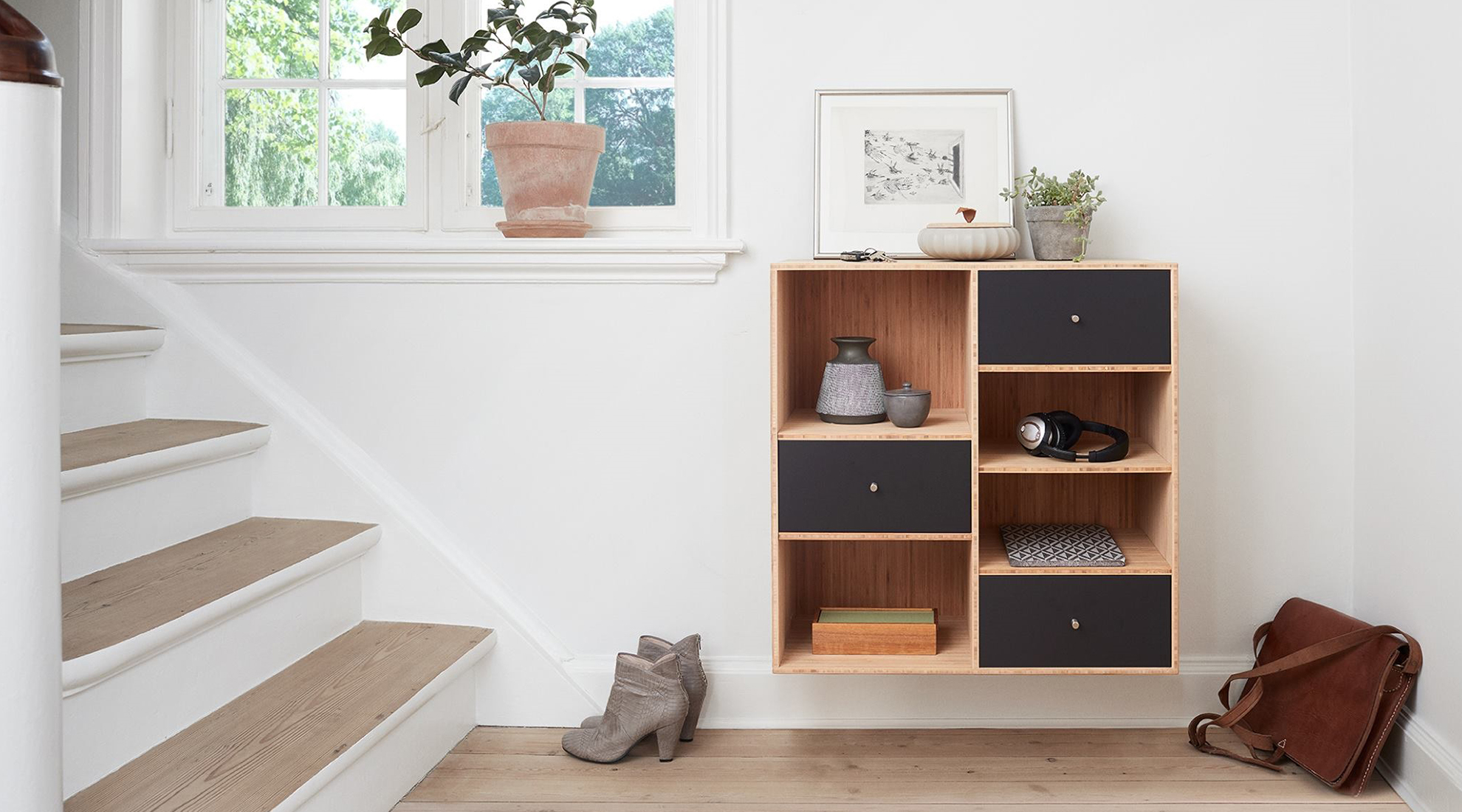How to Choose and Hang
Wall Art in Every Space
A great piece of art can be a showpiece for a room or a subtle finishing touch—but either way,
you'll want it to fulfill its potential in any space. Here are five steps to getting it just right.
Bringing art that you love into your home requires time, emotion and money—and that's all before you get it there and find the perfect place to put it. Sure, there are guidelines you can follow to get it right, but the real rule to follow is making sure your art works for you. Here are some considerations to get started and make sure you love each and every piece you bring into your home.
1. Choose what you LOVE
This is the only hard-and-fast rule to follow. Any wall art that you bring into your home should be something that you really want to look at every day. For some of us, this is the easiest part, but for others, it could certainly be the hardest.
2. Consider all mediums

Once upon a time, buying art meant investing in a painting, commissioned by a known artist that depicted you, your family or your home in the most lavish way possible. While fine art paintings are still the art choice for many, this isn't necessarily accessible or even desired by everyone. Photography, canvas giclees, drawings or even precious pieces that your children made all count toward your art collection and can become the focal point of a room with the right presentation.
If it's a small piece that you've fallen for, it could be perfect for a powder room or hallway nook. If it's several small-to-medium size pieces, maybe a gallery wall in your living room is in order. If it's a large work, how about over the bed, couch or mantel? If you choose something in specially-coated aluminum, you could even take it outside.
3. Pick the room
Sometimes, the pre-existing size of what you've brought home makes it easy to know exactly where it's going to go. You could decide on the room and then find art you like or vice-versa—either way, these same guidelines will work:
4. Measure everything
Before you pick up the hammer, consider these things to save yourself time, frustration and potentially a jar of spackle:
- Aim for eye-level: You'll want to have art hang at average eye level, which is 57–60" from the floor to the center of the artwork. If you're much taller than average, consider hanging at 63-65". (Note: You'll also need higher ceilings—10-plus feet—for this to work, otherwise the walls will look top heavy and could feel claustrophobic).
- Map it out: If you're doing a gallery wall or hanging more than one piece, you'll want to measure the spacing between pieces, too. Ideal spacing is 3-6" and it can vary within your arrangement—but be consistent and maybe try mapping it out on the floor. Find the visual arrangement you like off of the wall, then measure before committing to the actual hardware hanging.
Pro Tip: If you map out your arrangement on the floor first, take a photo of it so you can get back to it if you are interrupted.
- Work with furniture: A third factor to consider is the ideal distance between the bottom edge of your art and the top edge of any furniture it might be hung over. Shoot for at least 6-8".
Use these measuring guidelines as a starting point. Ultimately, the look has to work for you and your space. Be sure to bring in at least one other set of eyes before you start putting holes in the wall.
5. Hang it up
Depending on what type of art you're working with, this part can be more or less intensive. If your work is ready-to-hang, this is easy. You've already got your measurements, so you can start marking the walls in pencil and then hammering (or drilling with screws and anchors if you're working with substantial size or weight).
If your art is not ready-to-hang, you might not even want to hang it. You could lean a piece against a wall using lower credenzas, tables or bookshelves, or even the floor itself if the piece is very large.
6. Step back
The final step is the easiest of all. Step back and gaze at your art with all the admiration it deserves. Enjoy!









